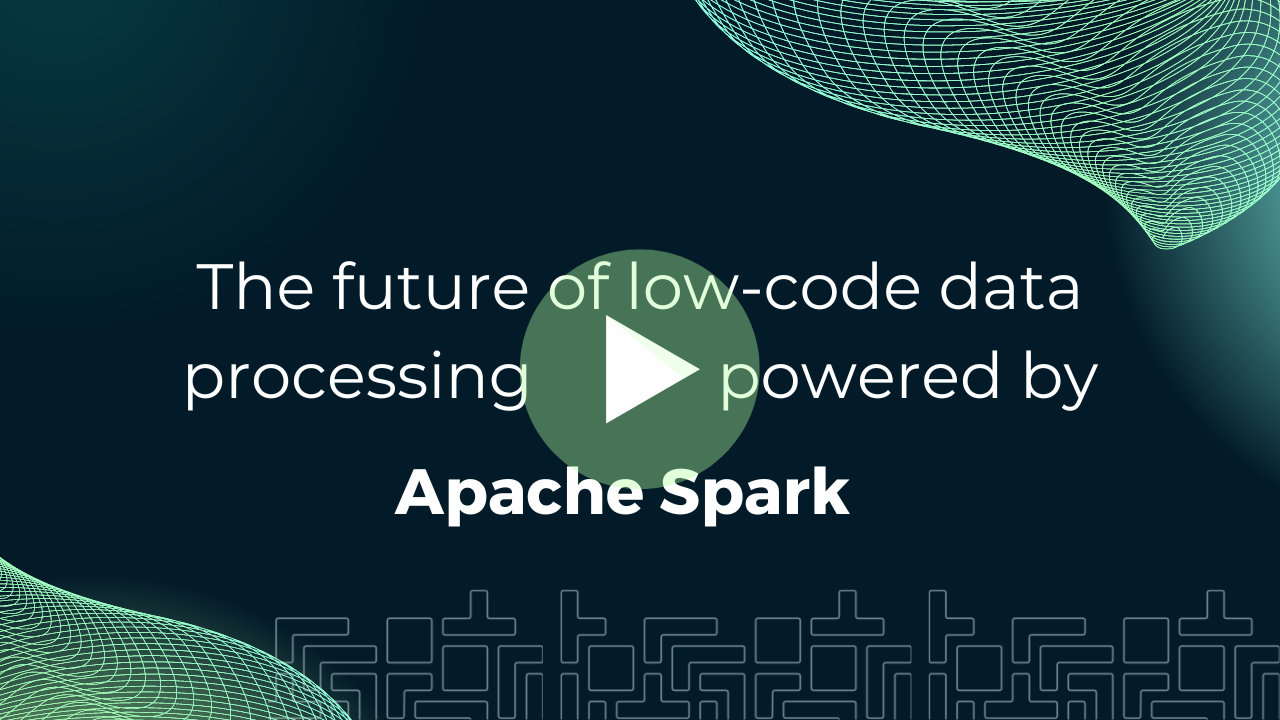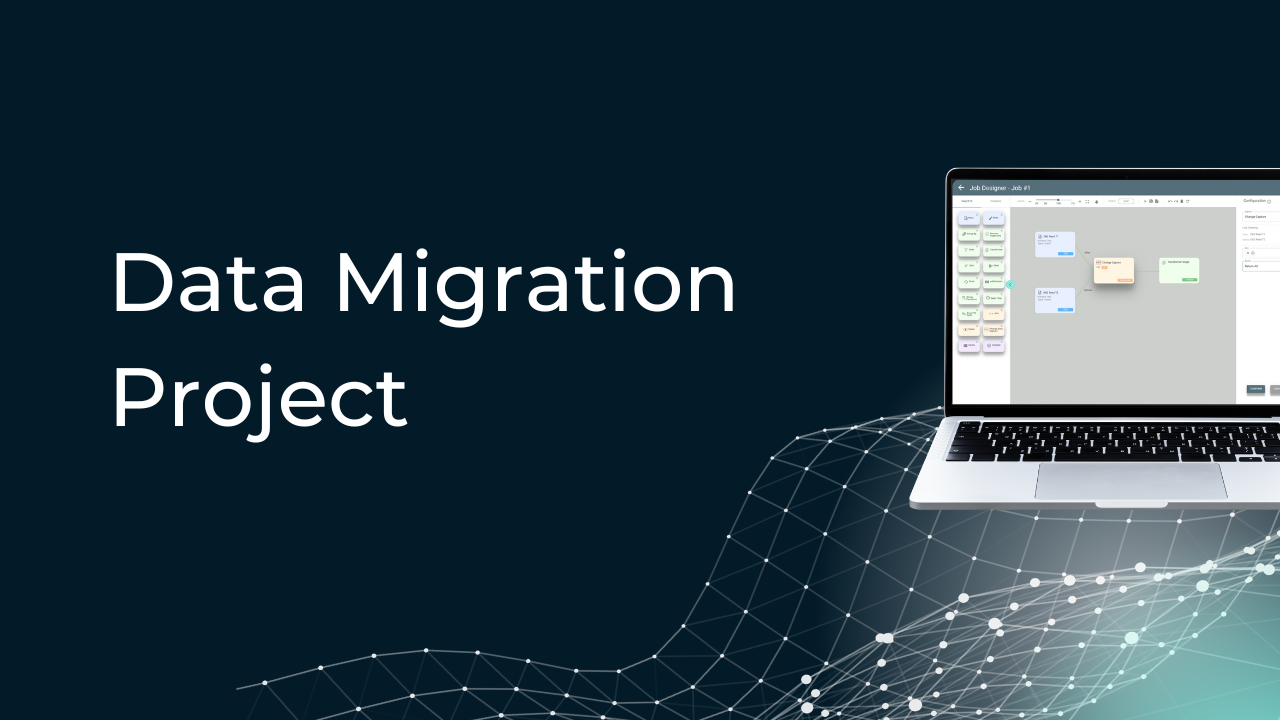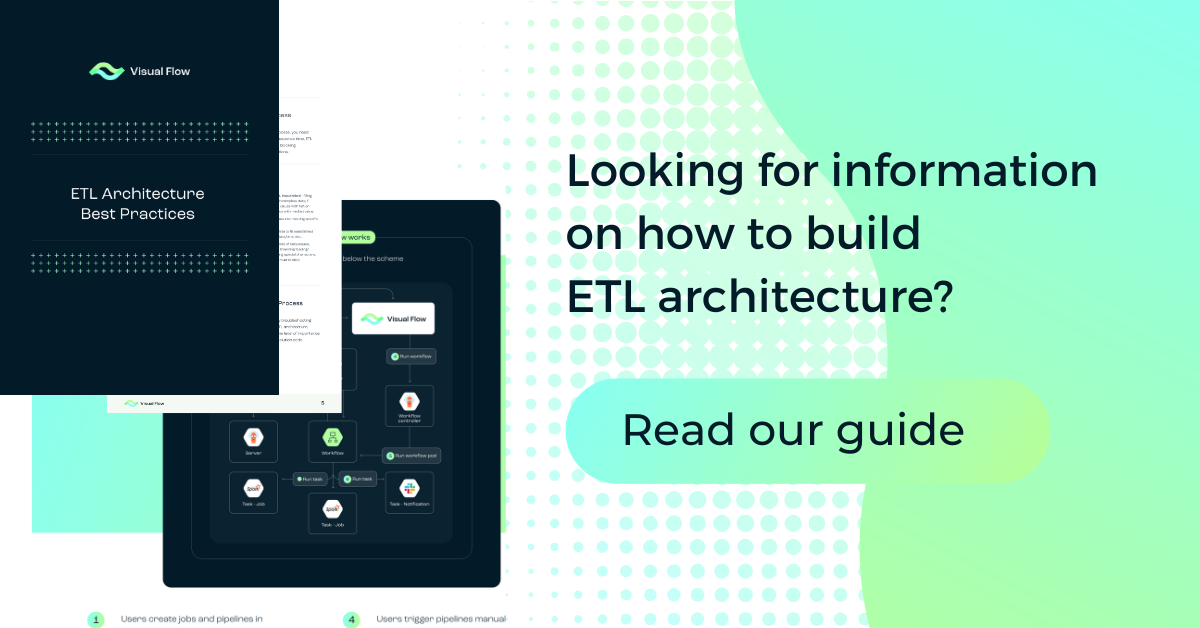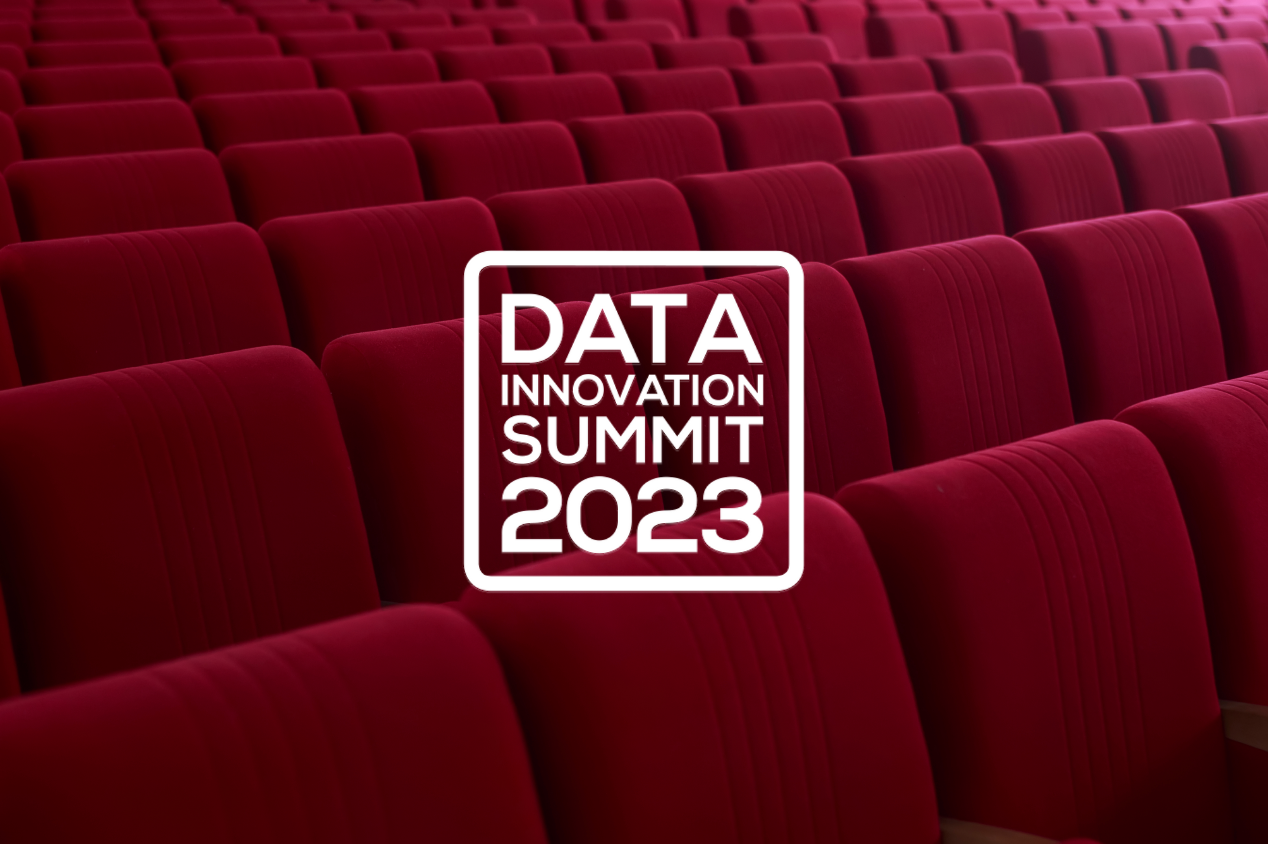Table of Content:
Table of Content:


Data has become the lifeblood of modern businesses, just like oil was back in the day. Raw numbers mean nothing on their own — just like ore, they need to be dug up and examined carefully before they become usable. That’s where data mining kicks in to uncover hidden trends, connections, and oddities buried within massive datasets. This powerful technique forms the bedrock of business intelligence tools. By tapping into its potential, companies can strike gold, make better decisions, and outshine the competition. Data mining isn’t limited to any particular industry either — you’ll find it applied everywhere from marketing to finance, and it is with its help that organizations outsmart the competition. We shall peek under each rock and explore data mining examples in retail as well as discover ways to put this technique to work. In the end, you will understand how vital business analytics is, so let’s get it on.
What Is Data Mining?
Data mining drills deep into massive datasets to unearth hidden connections and patterns unseen before. By combining techniques from stats, AI, and machine learning, it extracts valuable insights that drive weighted business choices. In its essence, data mining takes unprocessed data and transforms it into practical wisdom, which firms apply to make more accurate decisions.
The strength of data mining comes from its ability to quickly roam across huge volumes of various information. As companies increasingly rely on cloud storage and big data systems, data mining offers a way to comb through this digital treasury with the main goal being uncovering secret knowledge that forms a strategy, smoothes operations, and detects hidden market potential.
Real-world data mining success stories include pinpointing consumer shopping behaviors, flagging fraudulent transactions in finance, and forecasting future trends based on past data. These revelations are priceless for business acumen and influence everything from personalized product suggestions to improved customer support.
Data Mining for Business Intelligence Applications
When companies utilize their data for smart choices, this is where BI truly shines. But tons of information gathered isn’t enough — you also need the correct tools to see what’s there. That’s where data mining comes in to dig up hidden patterns and trends that’d stay buried otherwise. When combined with BI, it’s an absolute game-changer.
Data mining helps companies predict consumer habits, optimize operations, boost customer care, and detect new markets waiting to be worked. Turning data into practical advice lets businesses reap profits through well-weighted decisions. A retailer might study buying behaviors to customize products to customers’ tastes.
Data mining is especially potent in business analytics, which uses data to drive success. Here, companies weave data mining into assessing past performance and forecasting future directions. This predictive power gives an upper hand by letting the user anticipate market swings and customer needs before they hit.
To delve further into how businesses can utilize data mining for business intelligence at the fullest capacity, be sure to explore Visual Flow’s business intelligence consulting services.
Real-Life Examples of Data Mining. What Companies Use Data Mining?
Exploring how to use data mining in various industries helps us understand its transformative potential. Data mining examples showcase how businesses can extract valuable insights from their extensive data repositories. Today data mining isn’t just a luxury but a necessity for organizations whose goal is to outsmart competitors and incorporate innovation.
Retail Industry — Amazon
Amazon stands out as a prominent example of how data mining can dramatically transform a company’s operations. The online retail titan deploys an intricate recommendation engine that proposes products to users based on their prior search history, browsing patterns, and purchase behavior. This system leans on advanced data mining methods like collaborative filtering, association rule learning, and clustering. In real-time, these techniques comb through deep mines of data to anticipate customer preferences and deliver hyper-relevant product suggestions.
This recommendation system has a monumental effect on Amazon’s business strategy. By crafting the shopping experience for individual users, Amazon boosts customer satisfaction and brand devotion which transitions into increased sales volume. A substantial chunk of Amazon’s revenue stems from purchases spurred by these personalized recommendations which demonstrates how data mining in business intelligence can yield concrete financial results.
Banking & Finance — Fraud Detection
Uncovering valuable insights through data mining is a must-have tool for preventing fraud and managing risks, especially in banking and finance where the stakes are especially high. Every single day, banks deal with an enormous volume of transaction records, and spotting irregularities within that sea of numbers is vital for maintaining trustworthy and solid security measures.
To achieve this, financial institutions rely on various sophisticated data analysis methods like decision trees, artificial neural networks, and clustering algorithms. These powerful tools help detect and trace odd patterns in customers’ spending habits — like sudden, out-of-character big buys from overseas locations. If such anomalies pop up, they’re immediately flagged for closer examination.
But data mining isn’t just about catching crooks. It also plays a key role in other important areas like assessing creditworthiness to evaluate investment risks and segment customer bases.
Healthcare — Disease Prediction and Treatment Optimization
Data mining has been revolutionizing healthcare by enhancing patient care and optimizing operations. Medical facilities amass enormous amounts of patient data — from digital health files to genetic info. Using tools like classification, grouping, and statistical analysis, doctors uncover hidden patterns signifying illness onsets, forecast outcomes, and customize treatments for each person.
Predicting disease outbreaks is another key data mining application in business. By scrutinizing past data and patient reports, sophisticated systems can spot initial warning signs of outbreaks (like flu pandemics) and trigger swift public health responses. Moreover, hospitals utilize data mining to maximize resources efficiently — deciding where to allocate staff and gear, minimizing waiting times, and generally optimizing care delivery.
For instance, some healthcare providers employ predictive analytics to indicate patients prone to readmissions, thereby enabling proactive preventative measures from care teams. In its essence, data mining is transforming the way healthcare providers make decisions and deliver services.
Marketing — Targeted Advertising and Customer Segmentation
Data mining proves invaluable in modern marketing strategies, exemplified by tech giants like Netflix, Spotify, and Google. These corporations implement this technique to provide customized content and focused ads. By carefully studying consumer tendencies, browsing patterns, and past purchases, businesses can categorize clients into discrete segments to make sure that each individual receives promotions aptly suited to their tastes.
Take Netflix as an illustration. The service utilizes data mining to study viewer habits and propose shows or films according to a user’s preferences. The system’s recommendation engine weighs diverse aspects, such as the viewing tendencies of those sharing comparable tastes, favored genres, and even the hour of the day certain types of entertainment tend to be consumed. Consequently, Netflix fosters heightened customer involvement while concurrently reducing subscriber attrition, as viewers are more inclined to remain engaged when presented with programming aligned with their interests.
Manufacturing — Predictive Maintenance
Manufacturing finds data mining as a key tool within business intelligence. Its main job is to help optimize production and reduce the time machines sit idle. Predictive maintenance is one powerful way data mining shines here.
By digging through the numbers from sensors on the factory floor, companies can forecast when big equipment will break down. That lets them plan repairs ahead of time instead of scrambling during an actual failure. This approach not only saves money on lost productivity but keeps expensive gear running longer.
These clever predictive systems combine techniques like looking at past trends, categorizing issues, and teaching themselves from experience. They hunt for warning signs that something’s about to go wrong based on what happened previously.
This forward-thinking style of upkeep has become commonplace across many sectors, from building cars to constructing spacecraft. Data mining for smart maintenance is just one of its many useful applications in business.
Social Media — Sentiment Analysis and User Engagement
Social media mastodons like Facebook, Twitter, and Instagram utilize the power of data mining to glean valuable insights from the massive amounts of user-generated content streaming through their platforms each day. Sentiment analysis, one such technique employed, uses sophisticated NLP algorithms to dissect the emotional undertones buried within posts, comments, and shares — all to catch the pulse of public opinion on various topics, brands, and products. Meanwhile, another application of data mining optimizes the very content delivery mechanisms that push personalized posts and updates onto users’ feeds which effectively ensures they spend more time engrossed in the platform experience.
Data Mining Techniques
There are several data mining techniques, each suited to different types of data and business needs, with some of the most commonly used techniques including:
- Classification is used to assign items in a dataset to predefined categories. For example, in the financial sector, classification algorithms might be used to classify loans as “high risk” or “low risk.” This technique has proven invaluable for risk assessment and decision-making.
- Clustering groups similar data points together. It is often used in marketing to segment customers based on their behaviors or preferences. Identifying clusters helps businesses craft their marketing strategies to different customer segments, which enhances the effectiveness of their campaigns.
- Association rule mining. This technique identifies relationships between variables in a dataset. For example, association rule mining might uncover that customers who buy a specific brand of detergent are also likely to buy fabric softener. This technique is commonly used in market basket analysis to improve cross-selling strategies.
- Regression analysis is used to predict continuous variables. For example, it can be used to predict sales revenue based on advertising spend. This is a fundamental technique in business analytics, helping companies forecast outcomes and make weighted decisions based on data.
- Anomaly detection identifies data points that deviate significantly from the norm. This is especially useful in fraud detection, where unusual transactions can indicate fraudulent activity. Companies use anomaly detection to maintain the integrity of their financial systems and protect against losses.
These techniques form the foundation for data mining and allow businesses to extract meaningful insights from their data. However, despite the advantages, data mining is not without its challenges, so let’s see them closely.
Challenges of Data Mining
Providing numerous benefits, data mining also presents several challenges, like the following:
- Quality. The accuracy of data mining results depends heavily on the quality of the data. Incomplete, inconsistent, or outdated data can lead to erroneous conclusions which have a negative impact on decisions. Maintaining data quality is one of the most significant obstacles to successful data mining.
- Privacy. As companies collect vast amounts of data, privacy concerns become paramount. Organizations must navigate stringent data protection regulations like GDPR to ensure they handle personal data responsibly. Striking a balance between data mining for business intelligence and maintaining data privacy is a delicate task.
- Complexity. With the rise of big data, companies are now dealing with more complex datasets than ever before. Handling unstructured data, such as social media posts or multimedia content, requires advanced data mining techniques. This complexity increases the technical demands on businesses, making it challenging to implement effective data mining processes without the right tools and expertise.
- Adjustability. As the volume of data grows, the adjustability of data mining processes becomes a concern. Companies need to make sure that their data mining infrastructure can handle large datasets without compromising on speed or accuracy.
Despite these challenges, companies that invest in overcoming them can unlock tremendous value from their data.
How NextGen Invent Can Help You with Data Mining
For many corporations, navigating the world of data extraction can prove to be an intimidating task — particularly when large amounts of data need to be managed and its quality assured. This is where NextGen Invent steps up as a leading provider of data engineering and consulting services.
Their core competency lies in helping companies devise data mining methods that adapt effectively. By drawing on their extensive expertise spanning ETL (Extract, Transform, Load) procedures and integrating business intelligence systems, NextGen Invent drives businesses to unlock the full potential of their datasets and make more informed decisions.
Companies whose goal is to reap the power of data analysis for better market understanding and competitiveness will find NextGen Invent’s bespoke data engineering and consulting services perfectly suited to meet their needs. The firm’s specialization extends to smooth ETL migrations consulting which establishes a smooth shift to advanced data platforms without compromising vital information along the way.
By using NextGen Invent, businesses gain access to a team of experts who can transform their data into actionable insights, and this grants access to smarter decisions and sharper competitiveness in the market.
Conclusion
Data mining is a vital technique for businesses to stay ahead in today’s competitive market. Across various sectors, including retail, finance, health care, and marketing, effective leveraging of data mining yields major benefits. However, companies face obstacles such as poor data quality, privacy concerns, and scaling issues, which need to be overcome to fully utilize the power of data mining for business intelligence and analytics.
Partnerships with NextGen Invent offer companies the necessary resources, strategies, and support to maximize their data. By adopting the right approach to data mining, organizations not only maintain their edge but also shape the trajectory of their respective industries. Data mining applications span diverse areas, including, but not limited to, data mining for business, data mining in business analytics, data mining examples in marketing, and utilizing data mining techniques for market analysis and other business analytics purposes.
Contact us































































